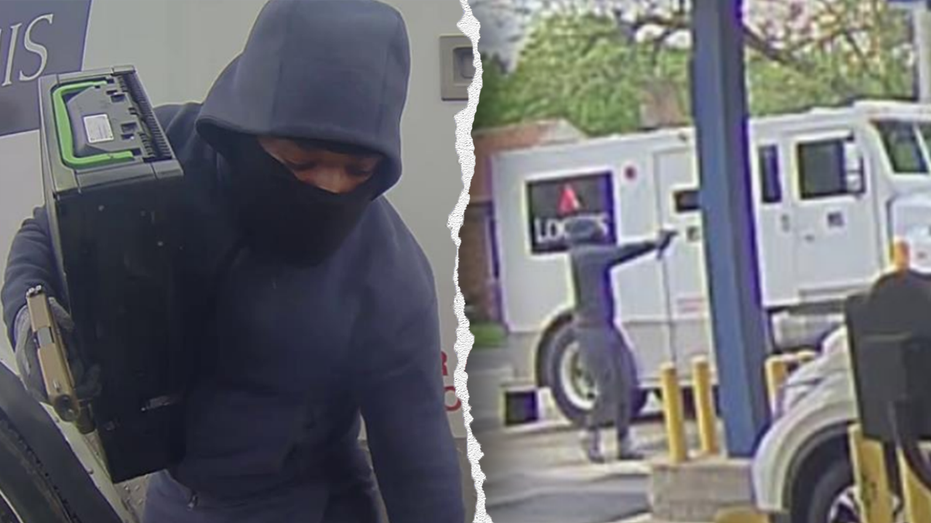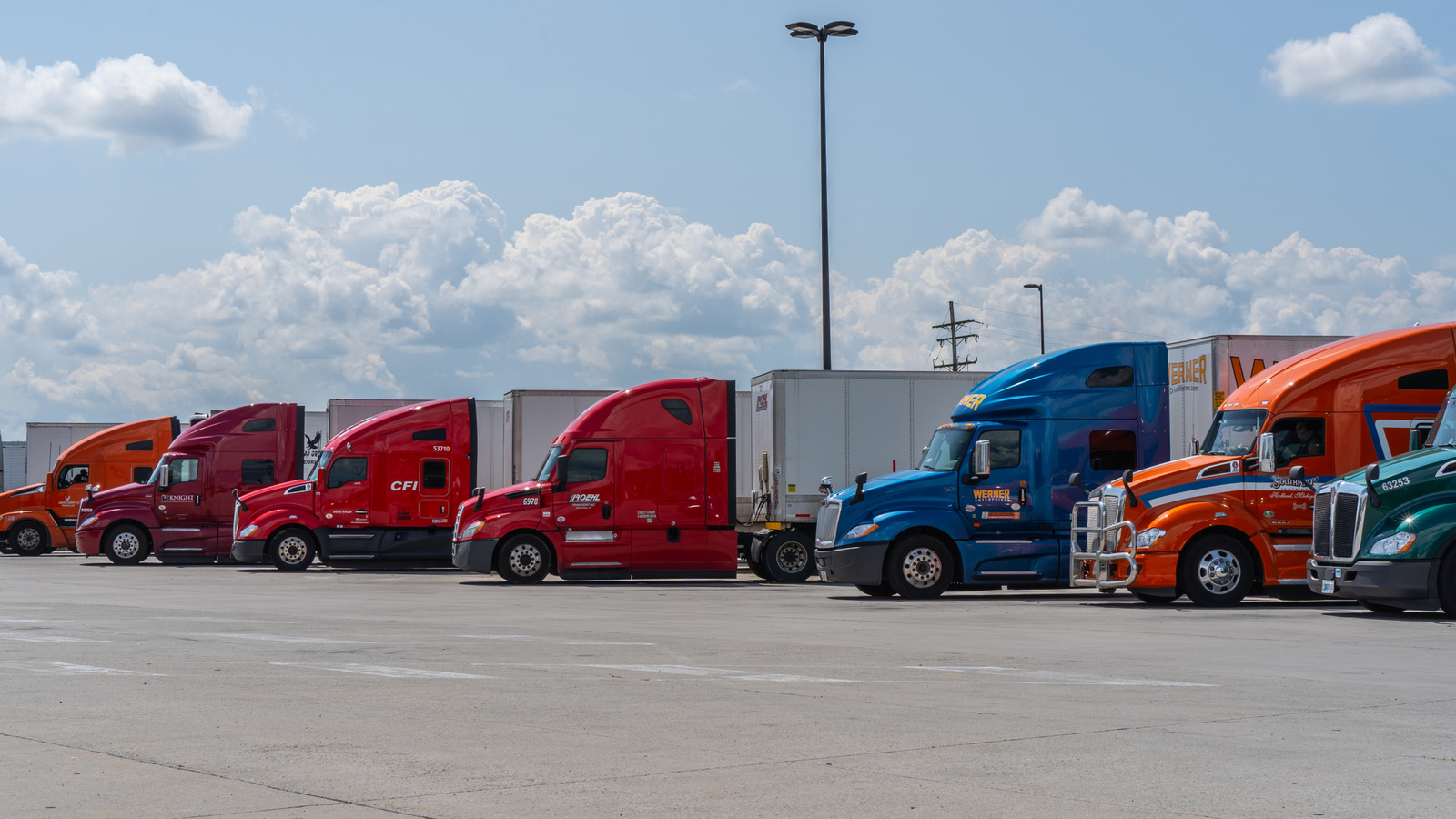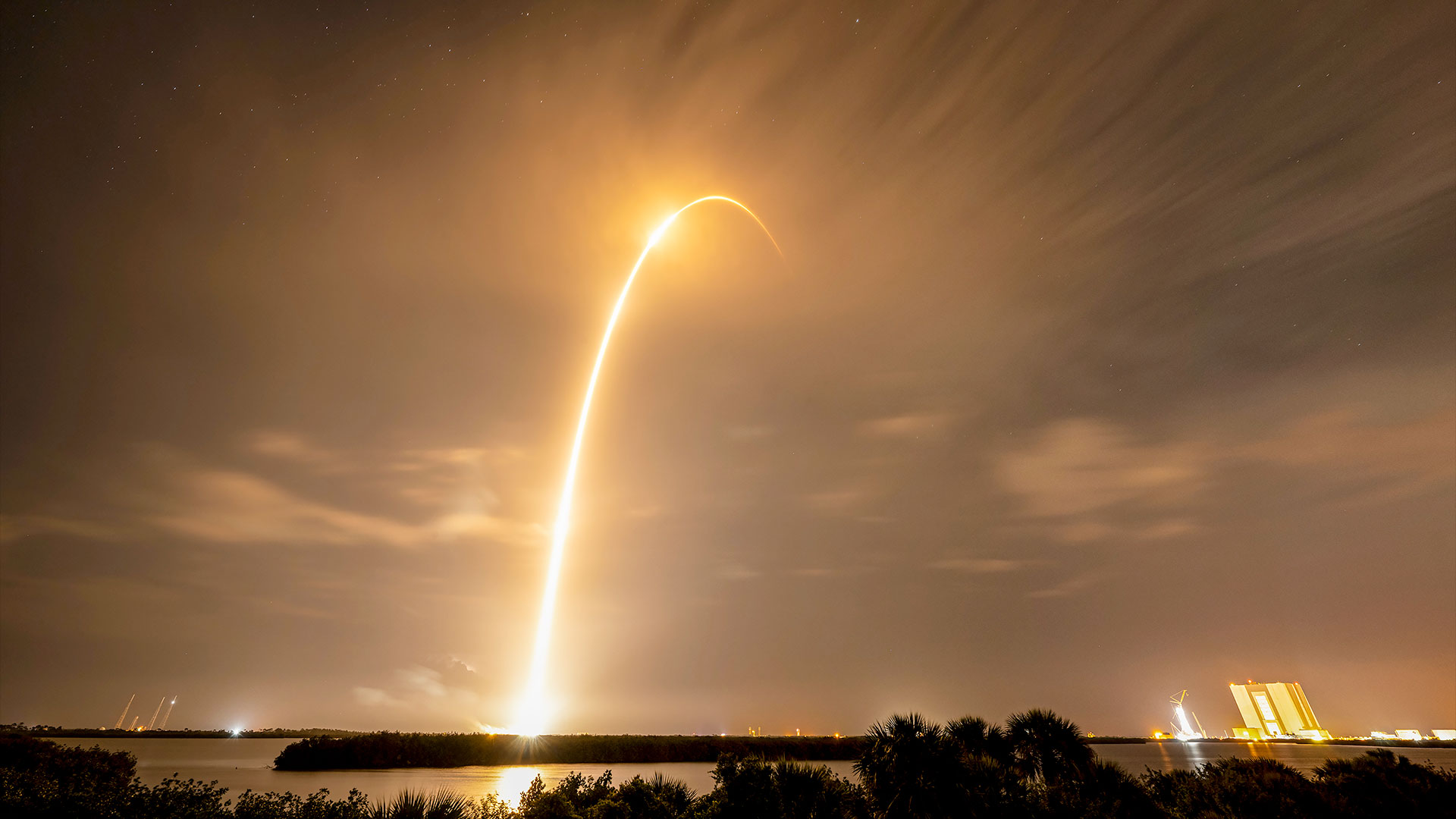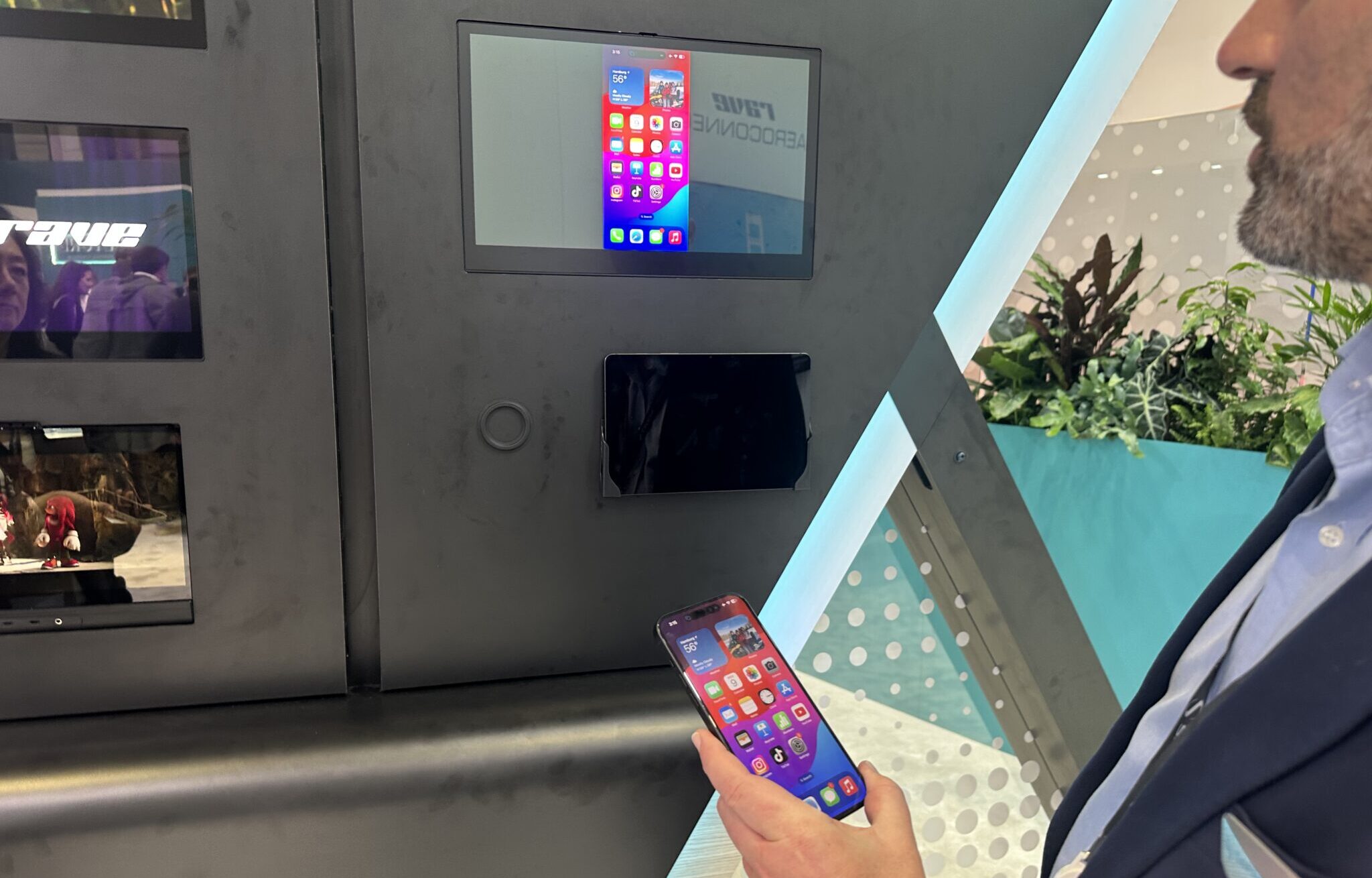Lessons from 9/11 can help America digitize border security
The answer is border technology that ensures transparency and accountability.

America’s border policy has long been trapped in a false choice between security and commerce. But history shows us that smart policies grounded in technology and risk management can enhance both.
The aftermath of 9/11 provides a blueprint: When terrorists exploited gaps in aviation security, the U.S. responded with a major overhaul that improved both safety and efficiency. The creation of new programs that mitigated the risk from travelers visiting the U.S. allowed commerce and business, as well as legitimate travel for professional and personal reasons, to flourish.
Today, the challenge is different but no less urgent. Our borders must be secure not just from illegal crossings but from economic threats — counterfeit goods, supply chain vulnerabilities and adversarial state influence. This is doubly true in the era of higher tariffs and geoeconomic competition.
The solution lies in leveraging technology to ensure provenance and rules of origin, just as we did with the Smart Border Initiative in the early 2000s. That effort, launched between the U.S. and Canada, balanced security with trade facilitation, using advanced screening for high-risk shipments while expediting low-risk, trusted shippers and travelers.
It worked. Trusted traveler programs like NEXUS and expedited freight lanes like FAST allowed legitimate commerce to move more quickly, even as border security tightened.
We need the same approach now, but on a larger scale. Technology can help us secure trade flows, verify the origin of goods, and ensure compliance with trade agreements like the U.S.-Mexico-Canada Agreement. At a time of rising geopolitical tensions, particularly with China, we cannot afford to allow opaque supply chains or falsified rules of origin to undermine our economic and national security.
The U.S. economy depends on cross-border trade. In 2023, nearly $800 billion in goods flowed between the U.S. and Mexico alone. But too often, legitimate commerce gets caught in outdated security processes while illicit goods slip through.
The current system struggles to verify where products truly come from — whether Chinese steel is being routed through Mexico to avoid tariffs or counterfeit pharmaceuticals are entering from suspect suppliers. Without better traceability, rules-based trade becomes an honor system, open to exploitation.
The answer is border technology that ensures transparency and accountability. Just as post-9/11 screening tools helped separate genuine security threats from low-risk travelers, digital trade verification and digital customs declarations can help authorities identify which shipments require scrutiny and which can move swiftly.
A technology-driven border strategy should focus on three priorities:
- End-to-End Supply Chain Verification: Digital tracking can create immutable records of goods as they move across borders, ensuring that products comply with rules of origin and trade agreements. No more blind spots that allow adversaries to manipulate supply chains.
- A Visual Record of Goods in Transit: The time has long since passed when we could rely on a “paper trail” involving bills of lading and manifests to ensure provenance. In today’s digital world we have the technology to provide visual, time and geospatially stamped photographic evidence that the integrity of the product has not been compromised at any point in the value chain.
- AI-Powered Risk Assessment: Artificial intelligence can analyze shipment data in real time, flagging anomalies that suggest fraud or misrepresentation while allowing trusted shippers expedited passage. This mirrors how airline security adapted after 9/11 — focusing scrutiny where it’s needed most.
- Automated Customs Clearance: The Smart Border Initiative accelerated customs processing for pre-vetted travelers and shippers. Today, we need similar digital pre-clearance programs for trade, ensuring that goods from trusted manufacturers and verified exporters don’t get stuck in bureaucratic delays.
Opponents of border security reforms often argue that tighter controls slow down trade. The truth is, without better technology, we risk losing the benefits of free and fair trade altogether.
If supply chains can’t be trusted, tariffs and trade barriers will rise, and companies will either relocate production or face higher compliance costs. The cost of inaction is higher than the cost of modernization.
After 9/11, the U.S. didn’t shut down its airports to passengers — it made them smarter. Alongside Canada and Mexico, we did the same at our land borders. We must do the same now for goods entering the country.
To face the threat of terrorism, we found ways to screen travelers. Now we must mitigate the risks from goods arriving at our borders. By adopting modern trade verification tools, we can ensure that America remains both secure and open for business.
Duncan Wood is an independent analyst and former president of the Pacific Council on International Policy.











































































